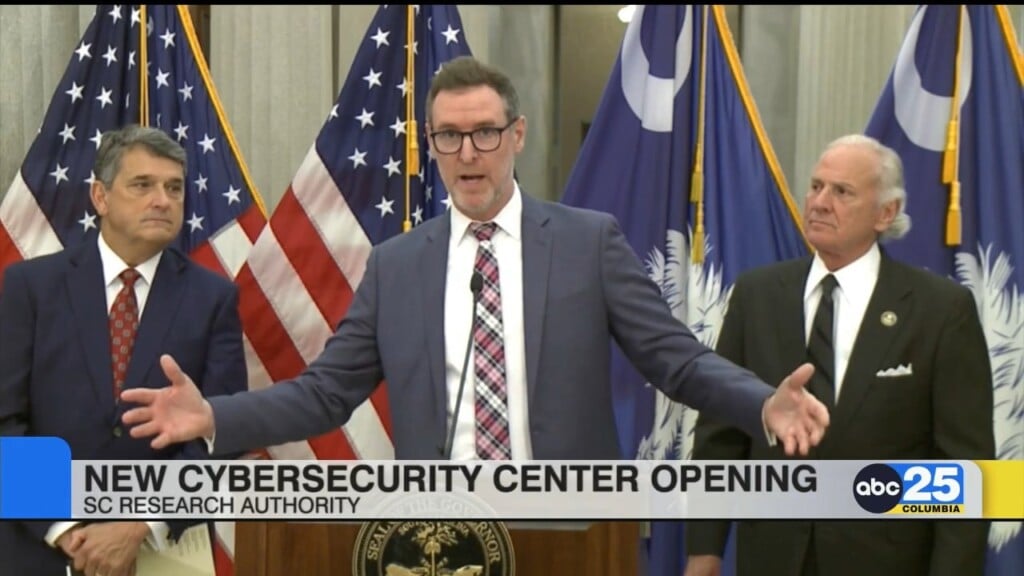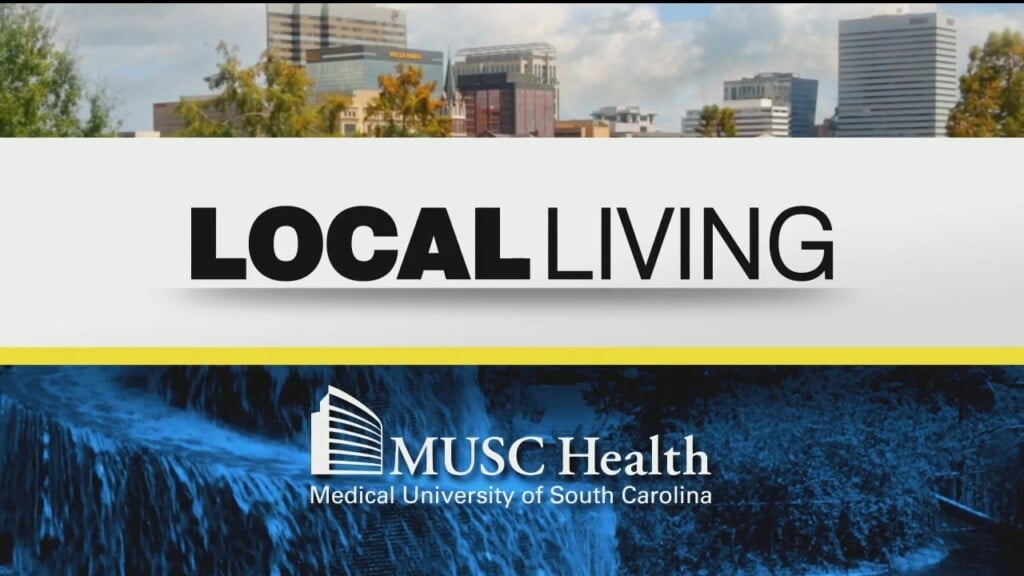Robots deliver food to USC students via Grubhub app
COLUMBIA, SC (WOLO) — When students living on campus at the University of South Carolina place a delivery order for food over their Grubhub app — a robot may be bringing it to them.
According to USC President Michael Amiridis, the Starship robots are the first of their kind to be used across the state, and are meant to help minimize wait times at campus dining locations.
Multiple cameras that are installed on the robots along with digital mapping of the university help them effectively navigate the campus safely.
“I think it’s fun, I think the students are excited to see these. We always talk about our students being the future, well this is the future our students will face as well — and I think they’re excited,” says Amiridis.
So how do they work?
“Most of our students already have the Grubhub app on their phone. All they would do is log in to their Grubhub, hit the delivery tab, and it would show the 11 restaurants that are available for starship delivery. They would place their order, do their transaction as normal, and then they would get a code to let them know when that robot is on the way. They’re able to follow it, just like you would in Uber or Grubhub so they can see how far out the robot is. And when the robot gets to them, they’ll have a code that they can scan, and that will allow them then to open up the lid and take out the food,” explains USC’s Food Services Marketing Director Faren Alston.
The robots — which will return to a warehouse to charge each night — are not owned by USC but instead stem from a partnership between the university, Starship, Grubhub, and USC’s food provider Aramark.
But aren’t robots and artificial intelligence taking jobs away from humans? Amiridis says they’re actually creating them, and creating a service USC didn’t previously have before — with humans still needed to load the food into the robot’s belly.
When it comes to safety, Alston believes both humans and robots will mingle just fine.
“One of the things that’s really nice and that we’ve seen with the starship robots, is that our gamecocks are extremely protective of these robots, so they’re always looking out for them. There are cameras all around the robot, they’ve done a lot of mapping and things to ensure they’re able to effectively navigate a large campus such as USC with such a large student population, so there are a lot of technological advances within the robot that allow them to navigate through the crowd and get to their delivery location sufficiently. ”
USC’s Director of Business Affairs Joe Fortune believes this is only the beginning.
“After we’ve had a chance to collect student feedback, and collect data, I’m hopeful about growing the program in the future,” he says.
Faculty say there are currently 20 robots with plans to have 40 more.


